From Sheep View to Street View: A Camper Van Perspective on the Faroe Islands
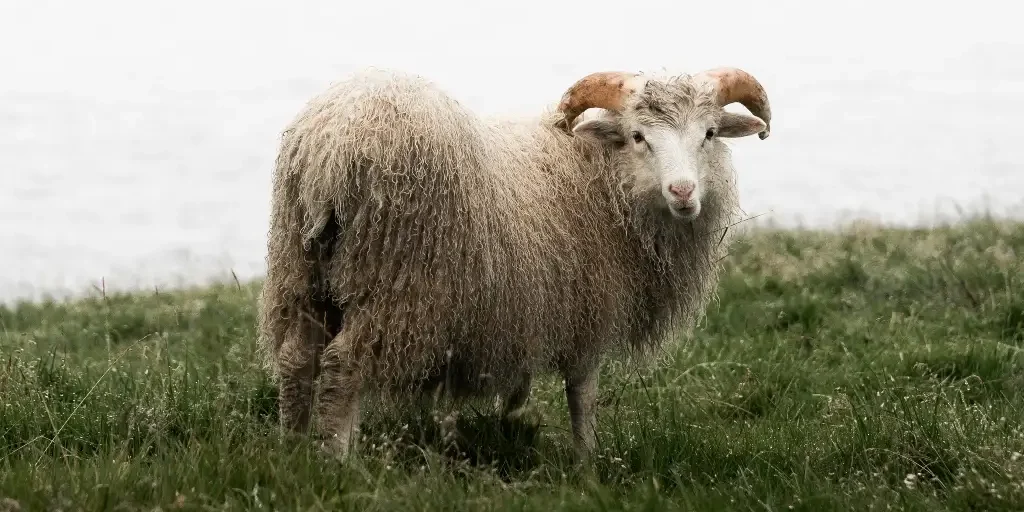
If you’ve recently savoured a tender slice of salmon atop a New York bagel, you may have unwittingly enjoyed a delicacy from the Faroe Islands. Similarly, if you’ve watched the latest James Bond or Peter Pan films and taken note of the stunning landscape backdrops, or if you’ve encountered ethereal photos of cliffs piercing the North Atlantic mist during your nightly scroll, chances are you’ve encountered the Faroe Islands in one form or another.
The Faroe Islands—a name once unfamiliar to the vast majority—are now making their mark on the global stage. Even the archipelago’s farmed salmon has found its way onto both New York bagels and haute cuisine menus. On a recent trip to New York, I was surprised by the number of upscale restaurants explicitly touting Faroese salmon as a culinary drawcard on their menus. The Faroes are indeed experiencing a moment of widespread recognition.
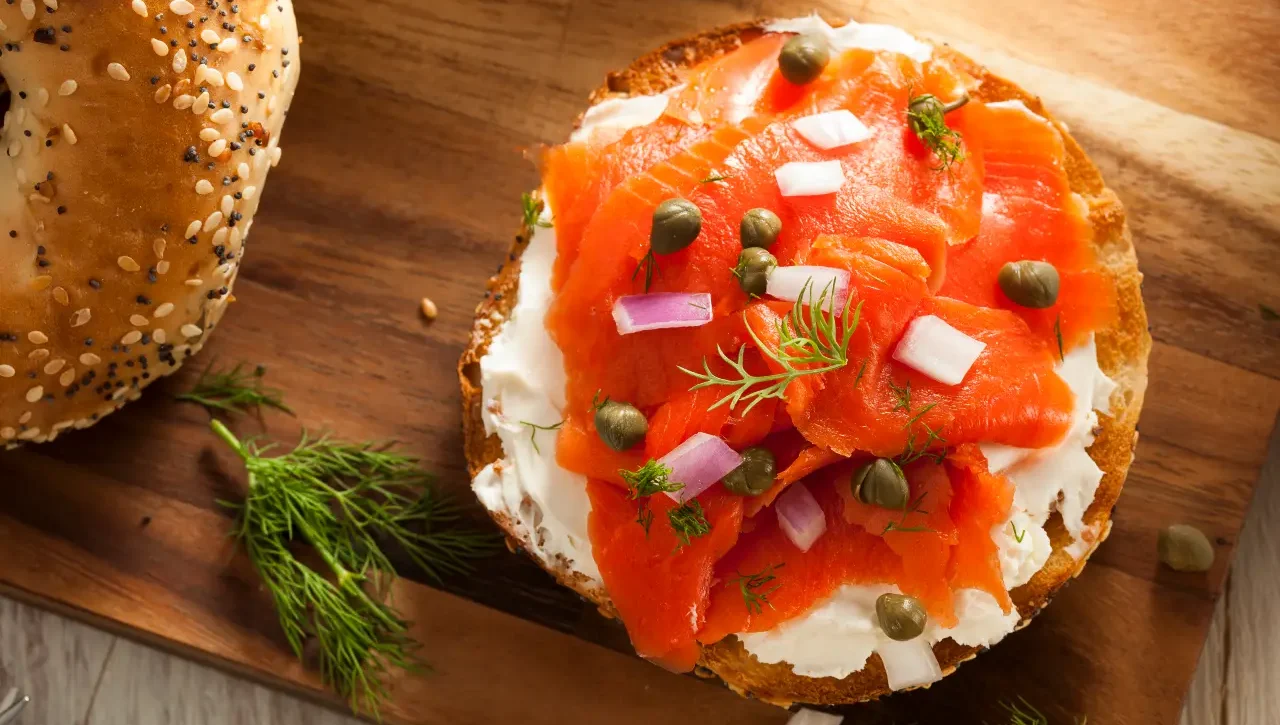
For most of my three decades long existence, the Faroe Islands remained a distant enigma — known to few and located by even fewer on a map. But times have changed. In Hollywood, location scouts are increasingly captivated by the islands’ enchanting landscapes, which now serve as stunning backdrops in some of the latest adventure movies. In the digital world, influencers are bewitching their extensive social media followings with breathtaking snapshots from their Faroese expeditions.
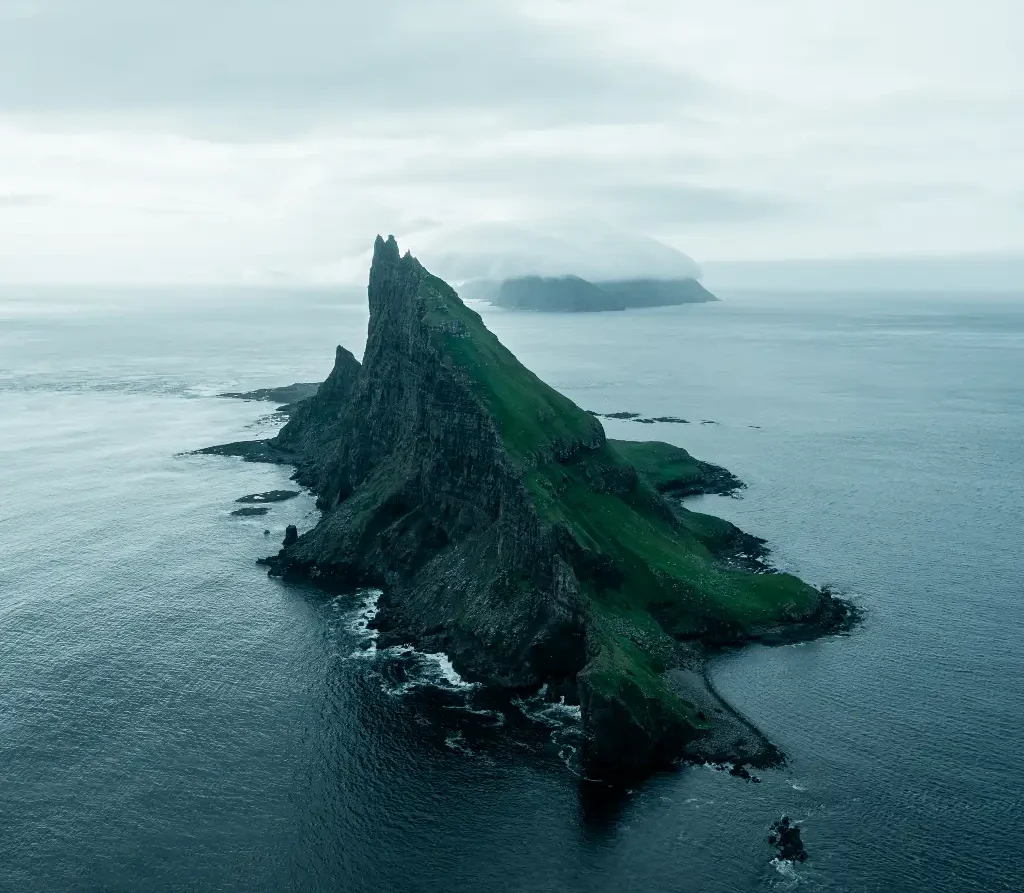
The Culinary Scene: Where Tradition Meets Innovation
Culinary innovation is another force that has increased the allure of the Faroe Islands. Over the past decade, a new generation of chefs has emerged, equipped with some of the world’s freshest seafood. These culinary pioneers have revitalized traditional Faroese cuisine by using age-old techniques to ferment meat and fish in the open air. In doing so, they have successfully integrated Faroese cuisine into the contemporary Nordic culinary landscape. This convergence of tradition and innovation has elevated Tórshavn’s gastronomic scene to international heights. Notably, the Faroe Islands are now home to a two-star Michelin restaurant Koks (temporarily relocated to Greenland), along with two Michelin Guide recommendations, Roks and Ræst, and several other praised establishments — all impressive for a nation of approximately 50,000 inhabitants.
Ingenious Marketing Strategies
But for a comprehensive understanding of the drivers behind the increasing allure of the Faroe Islands, we can’t overlook the ingenious marketing strategies that have bolstered its brand. In 2016, Visit Faroe Islands and Atlantic Airways unleashed their “Sheep View” campaign, cleverly lobbying Google to feature the islands on Street View. The campaign went viral, earning a World Media Award in 2017 and beating out runners-up like Airbnb and Marriott. Google took notice and dispatched a well-equipped cameravan to map the Faroe Islands on street-view.
The following year, the same marketing team addressed Google Translate’s inability to handle the native Faroese language. They initiated their own translation service, supported by a battalion of local volunteers ready to translate English text into live Faroese video. The campaign became another viral success, covered in over 200 global news stories and was filled with amusing moments—such as when a volunteer enthusiastically translated the phrase “licking the camel toe” from English to Faroese, blissfully unaware of its colloquial meaning.
Although Google Translate has yet to include Faroese, these brilliantly orchestrated campaigns have undeniably elevated the profile of the Faroe Islands.
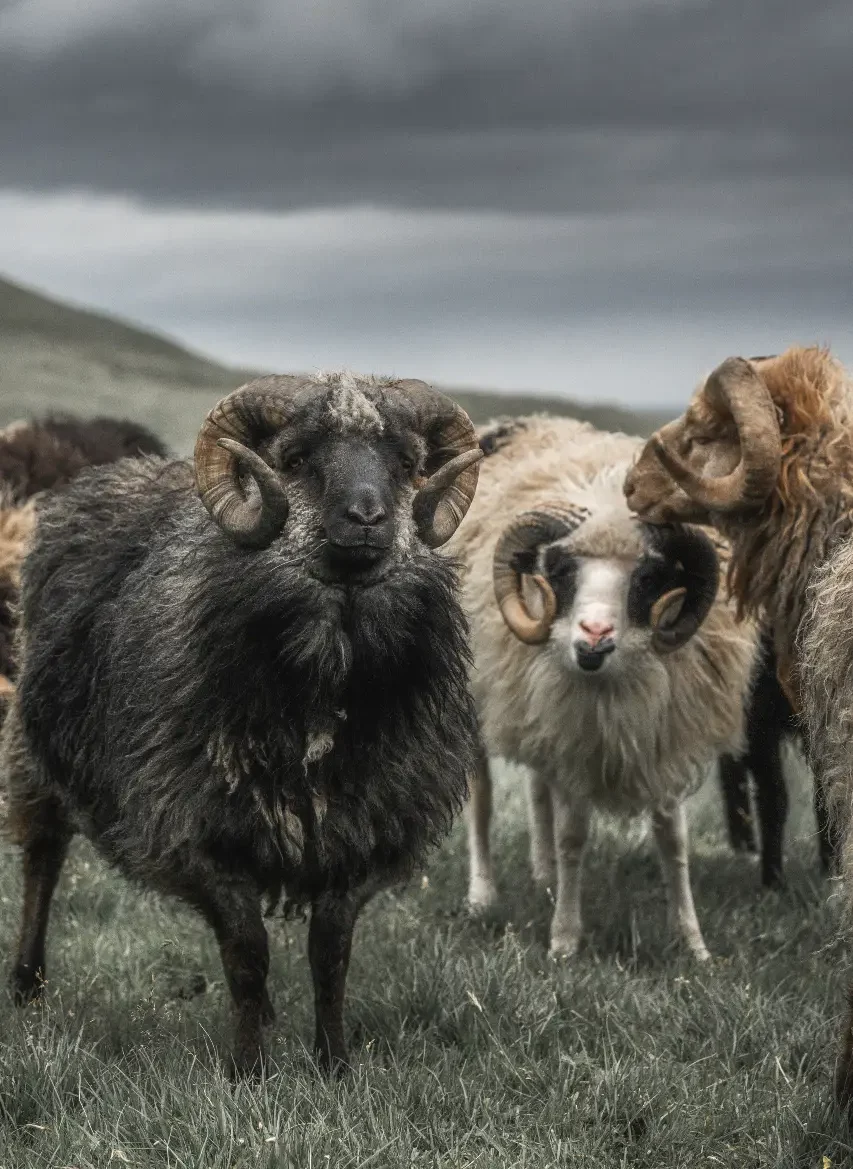
Compelling for Health-Conscious Travellers
The Faroe Islands as a travel destination is further buoyed by emerging trends beyond the conventional drivers of growth. Focus and awareness of health and wellness is tilting preferences amongst travellers to increasingly seek active, rejuvenating experiences, a profile that aligns seamlessly with the feel of the Faroe Islands. Moreover, as the global climate changes, characterized by a rising frequency of extreme weather events such as heatwaves, forest fires, and flooding, the climate of the Faroe Islands becomes increasingly attractive. Here, the Atlantic’s fresh breeze maintains cool temperatures year-round. The absence of trees eliminates the risk of wildfires, while the islands’ steep topography allows heavy rainfall to drain harmlessly into the ocean. All these factors make the Faroe Islands an increasingly relevant option for travellers seeking an alternative to the conventional poolside vacation.
Still in the Early Innings
While the Faroe Islands have experienced quite a renaissance over the past decade, its travel industry remains in its nascent stages of development. In the years leading up to Covid-19, travel was constrained by limited hotel capacity on the islands. However, since 2019, the number of available hotel rooms has nearly doubled. Unfortunately, this expansion coincided with the global pandemic, heavily disrupting the industry’s positive momentum in the years prior. Moreover, the hotel industry has a new fierce competitor as locals offer their properties for rent on platforms like Airbnb and Booking.com. A cursory search reveals over 600 rental units available on Airbnb during the off-season, indicating that private rentals constitute a significant portion of visitor accommodation and that there’s a good amount of excess capacity during the winter months. Everybody wants a piece of the pie, it seems.
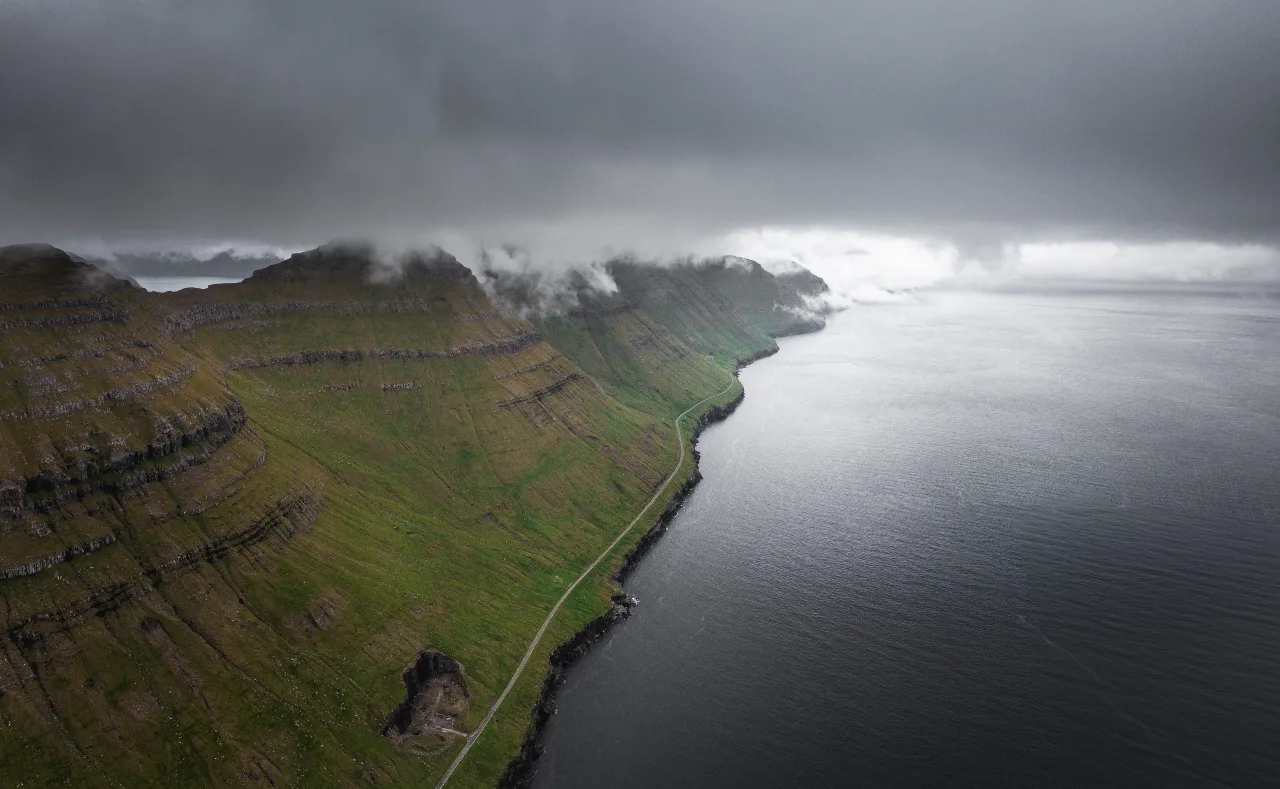
Growing Pains in the Hospitality Sector
The industry faces additional challenges, such as a lack of skilled service workers—a problem not unique to the Faroe Islands but seemingly more acute here than elsewhere. And while foreign labour has alleviated some of this shortage, hotels and restaurants often resort to hiring very young people, even teenagers, without providing adequate training. Admittedly, this occasionally results in subpar customer experiences and is clearly something that needs to improve for the industry to advance further.
Increasing numbers of visitors has also led to some friction between landowners, tenants and industry operators. Given the Faroe Islands’ small size, some of the more popular sites are facing increasing environmental strain due foot traffic. To protect the natural landscape and the surrounding wildlife — and sometimes to generate profits — landowners have imposed access restrictions and fees on popular hiking trails. There is currently a lack of legal clarity regarding these fees and the public’s right to access the land. This unresolved issue will likely necessitate judicial intervention at some point. A more immediate solution to this challenge lies in improved organization and the construction of better trails — efforts that are already well underway.

But adventurous travellers shouldn’t confine themselves to just the popular landmarks; the beauty of the islands is widespread and beckons for further exploration in less visited areas. Here at Camper Vans, we’re champions of the road less travelled, encouraging our guests to venture beyond the well-trodden paths and discover their own unique treasures on the islands. There’s no better way to do so than in one of our fully-equipped auto campers, which enable seamless travel across the archipelago without breaking the bank, and affording you more time for exploration.
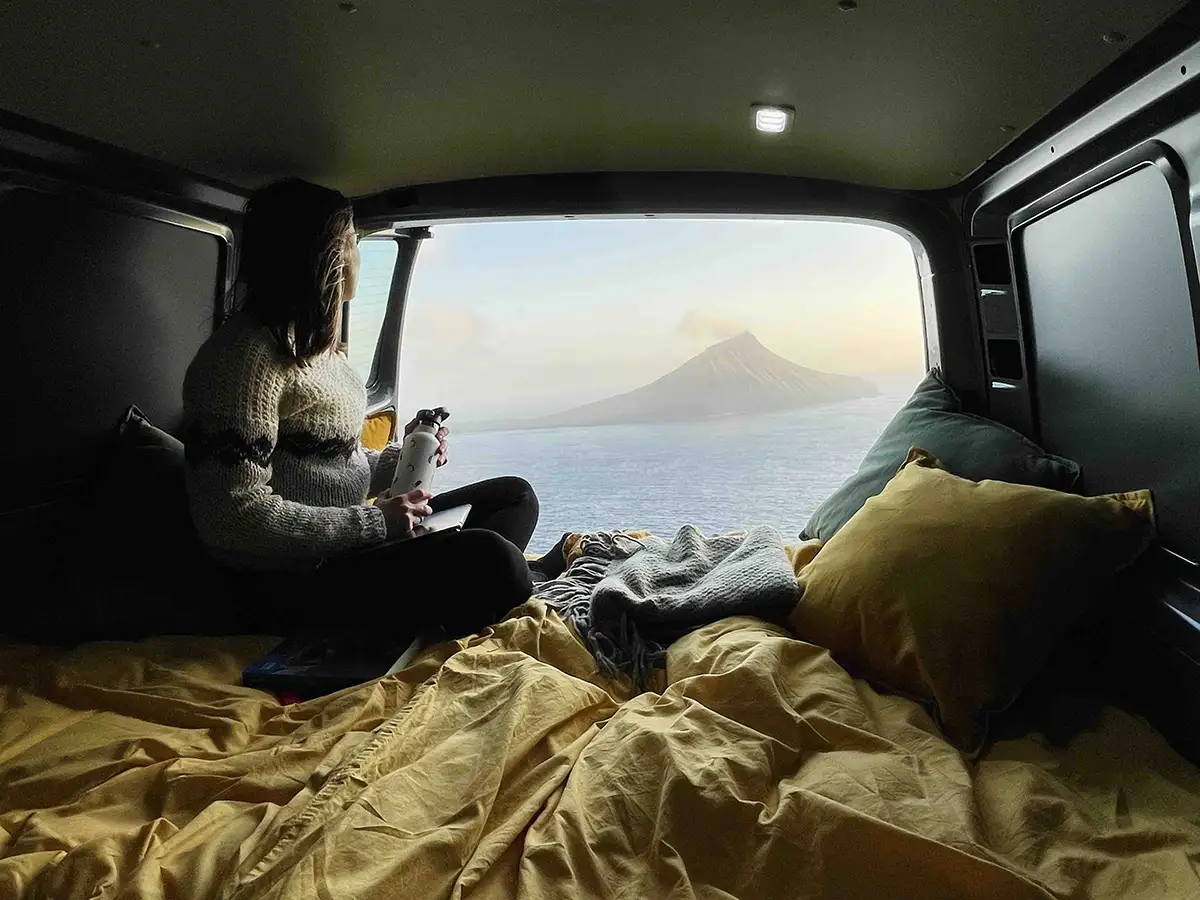
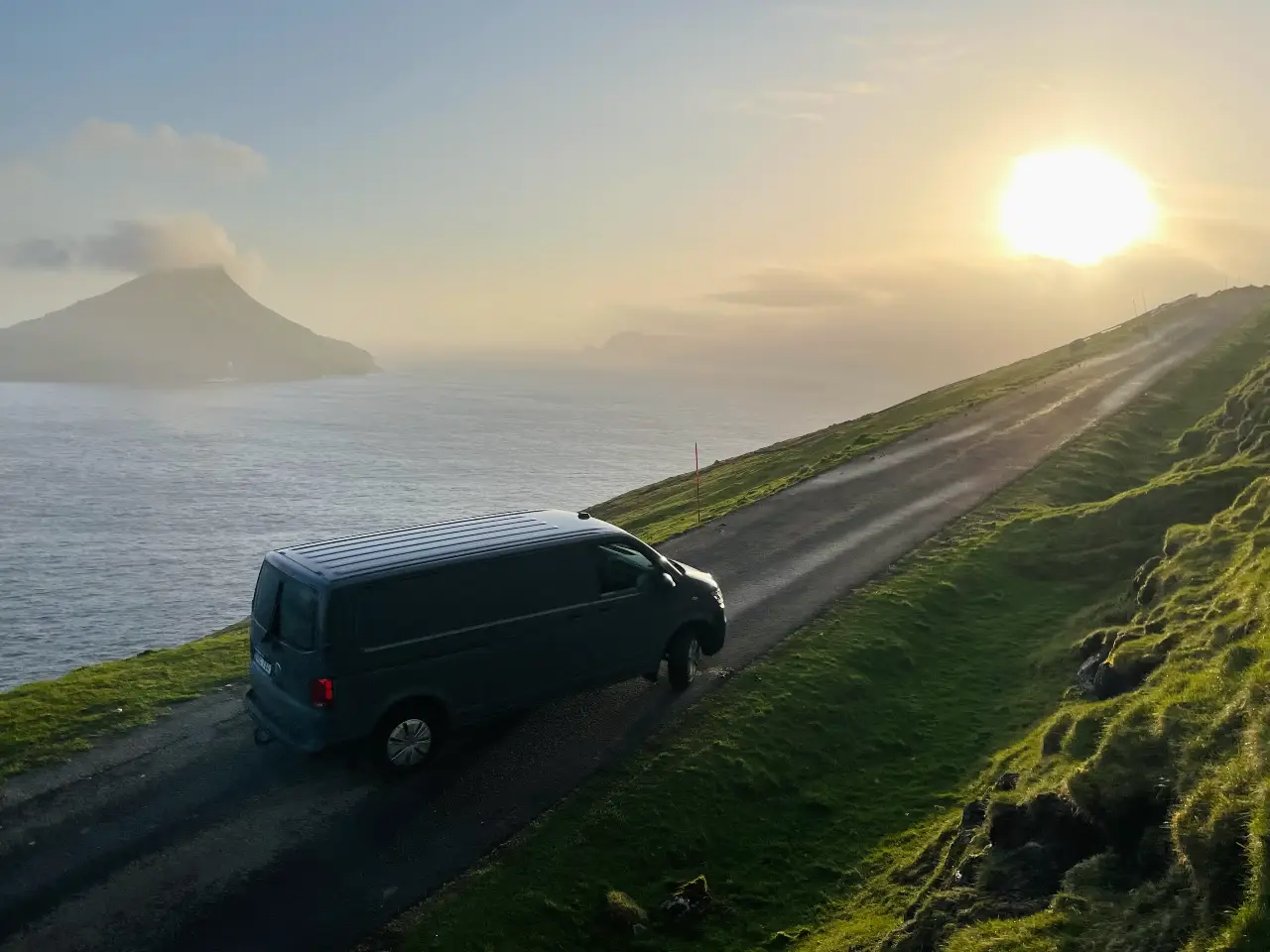
Navigating the road ahead
Given its newfound status as an in-vogue destination for nature enthusiasts and culinary explorers, it’s understandable that the Faroese travel industry faces some growing pains. Over time, however, these issues should fade as the industry matures. In the interim, expect moderate disruptions due to labour shortages, logistical bottlenecks, and efforts to alleviate environmental strain on the most sought-after destinations. In 2022, around 100,000 visitors contributed approximately $130 million to the Faroese economy, accounting for 6% of the islands’ export value and employing 650 people—a modest but promising start.
Despite the intricate challenges that come with increased visibility, is a prevailing sense of optimist surrounding travel in the Faroe Island. The islands’ value proposition is becoming increasingly apparent in a world that craves sustainable, responsible tourism in safe settings. Herein lies an invitation not just to visit, but to engage with a place that offers both nature at its most sublime and a real-time case study in sustainable development. In the end, it’s not just about seeing the Faroe Islands; it’s about experiencing them in a way that leaves both the visitor and the visited enriched.
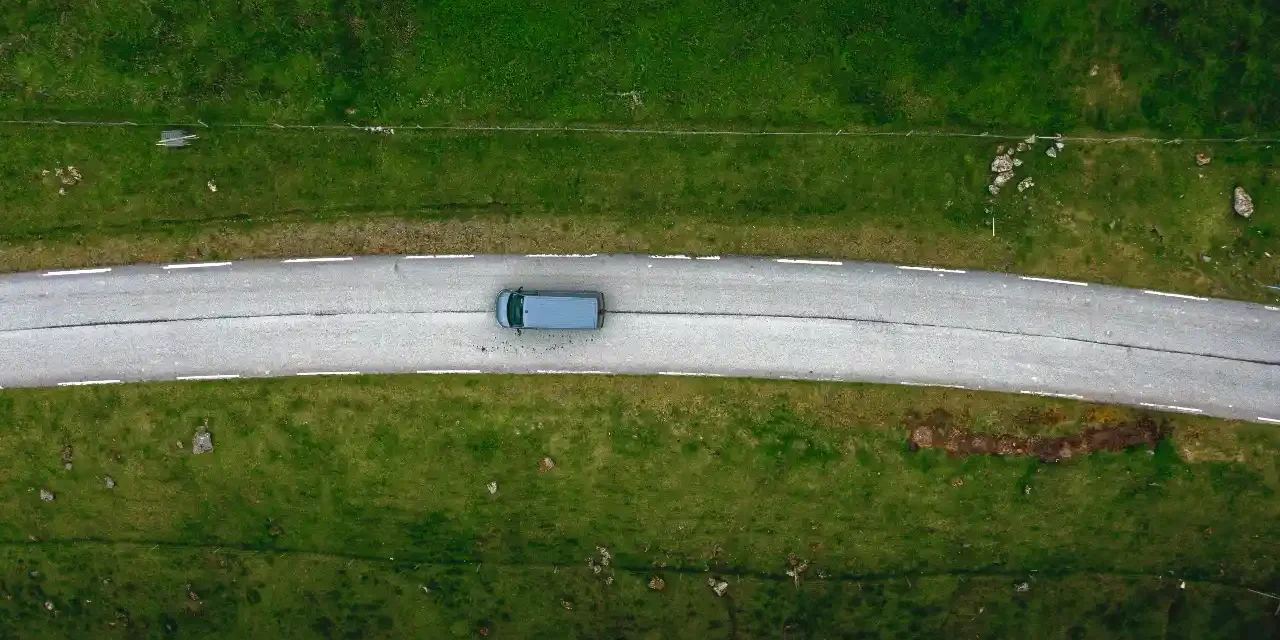
Your Home on Wheels in the Faroe Islands
If you are planning a visit to the Faroe Islands, we encourage you to consider one of our well-equipped camper van to function as a home one wheels during your stay. Our camper vans offer not only the benefit of providing both transportation and accommodation in one convenient package, freeing up more of your budget for exploration and enjoyment, but they also allow for a more authentic and immersive experience of the Faroe Islands. Please check out our website for further information or read our blog post on why you should travel the Faroe Islands in a camper van. We look forward to seeing you soon.
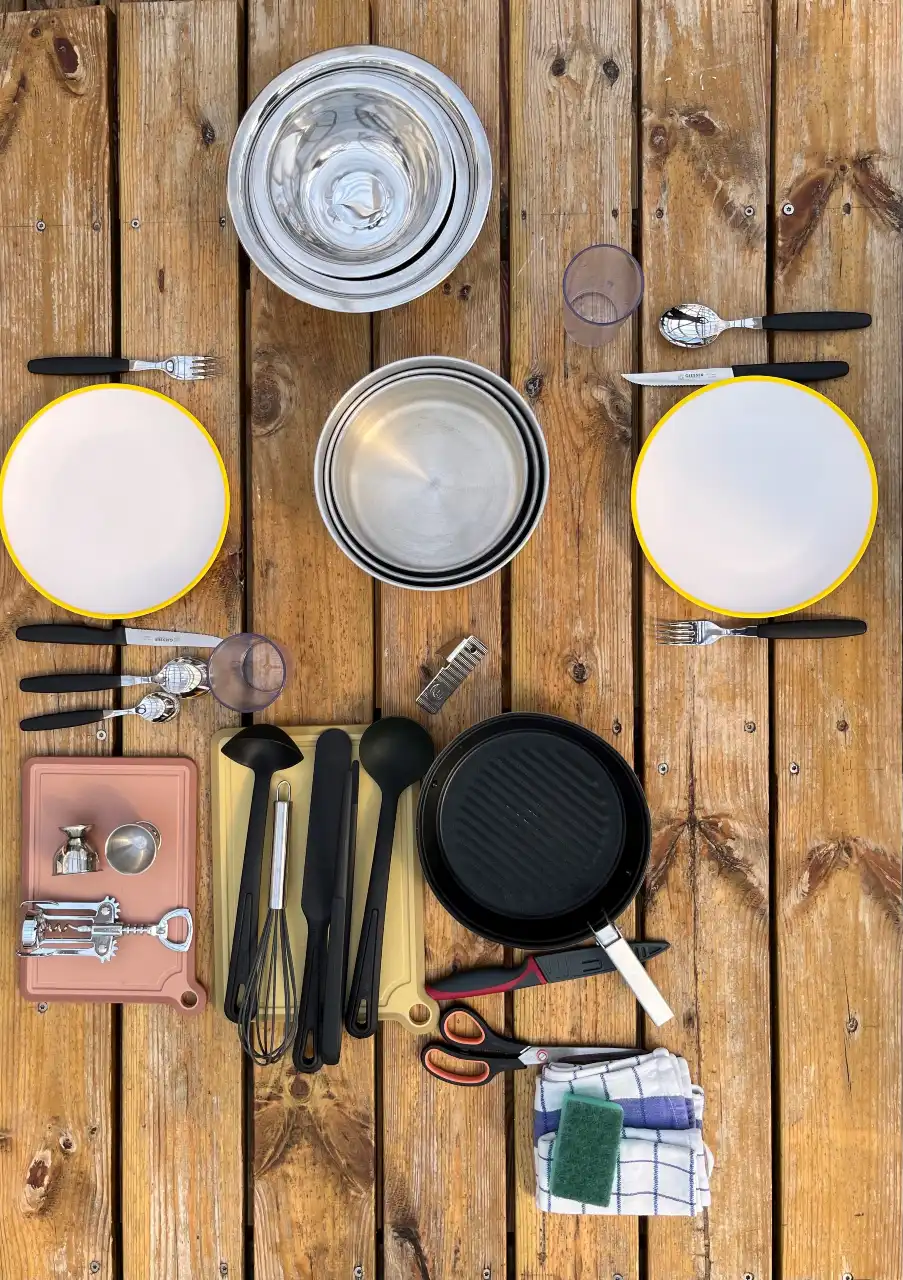
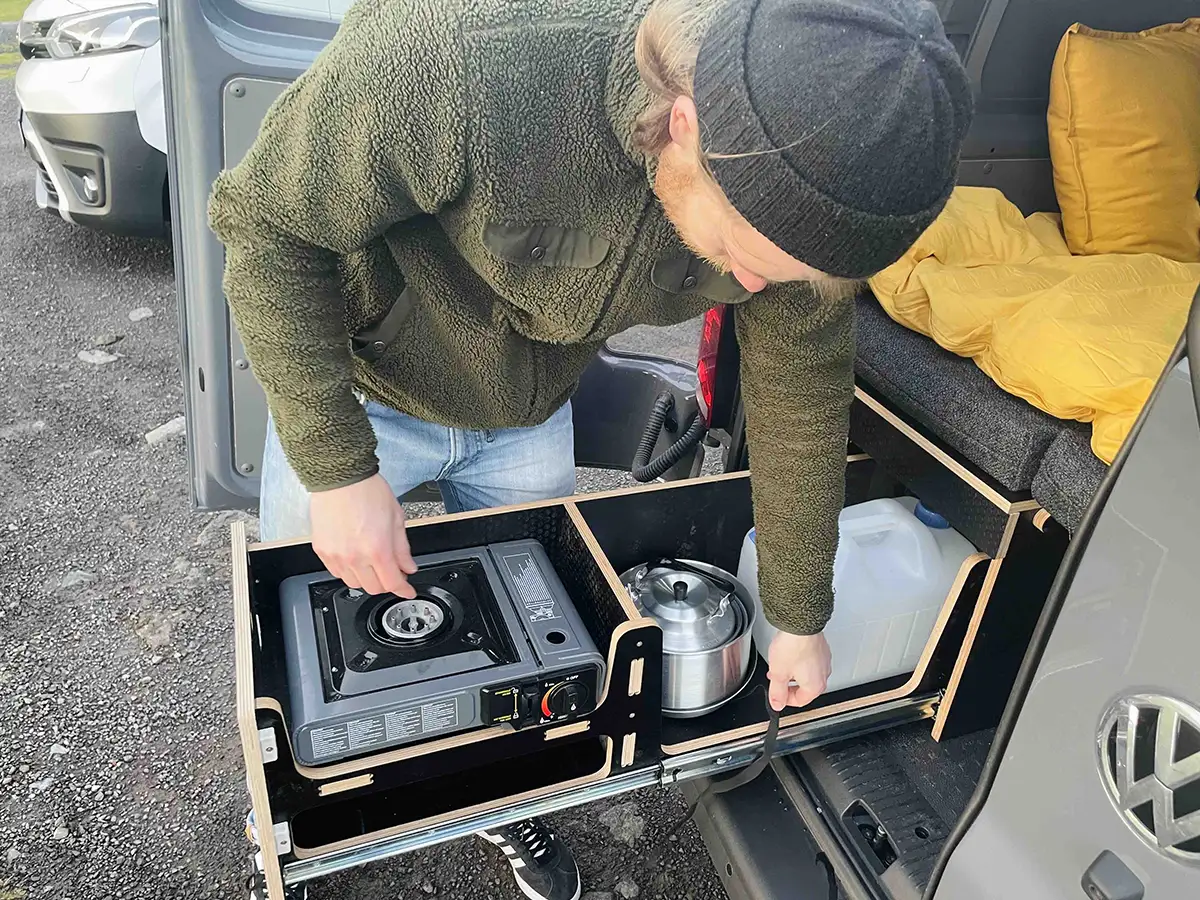

Related Articles
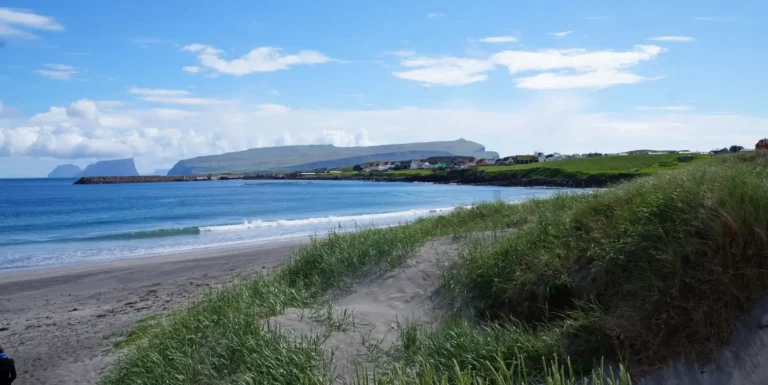
Discovering Sandoy in a Campervan
Explore Sandoy in a campervan! Discover scenic villages, rugged cliffs, sandy beaches, and hidden gems on this peaceful Faroe Islands road trip
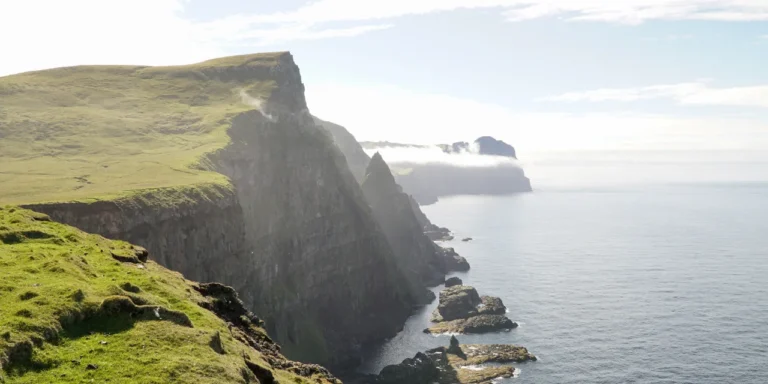
Discovering the Best of Suðuroy in a Campervan
Suðuroy is often bypassed by visitors, yet it offers some of the most breathtaking landscapes and authentic experiences on the Faroe Islands
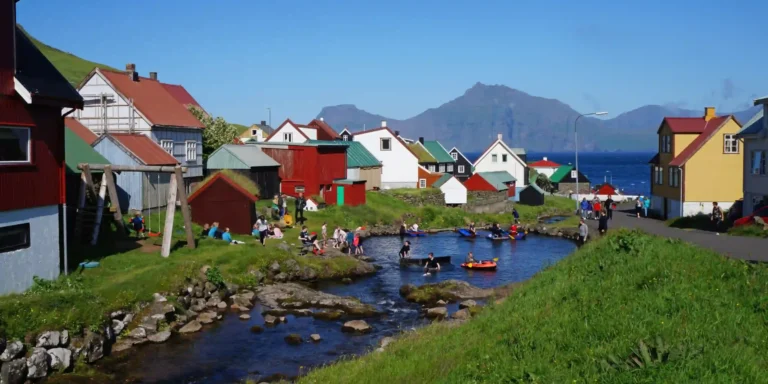
Plan Your Camping Trip to the Faroe Islands
Plan your camping trip to the Faroe Islands with tips on packing, navigating, embracing weather changes, and camping responsibly. Adventure awaits!

The Best Camping Sites in the Faroe Islands
Curious about which of the 20 camping sites in the Faroe Islands stand out? We’ve highlighted the best camping sites the Faroe Islands have to offer.
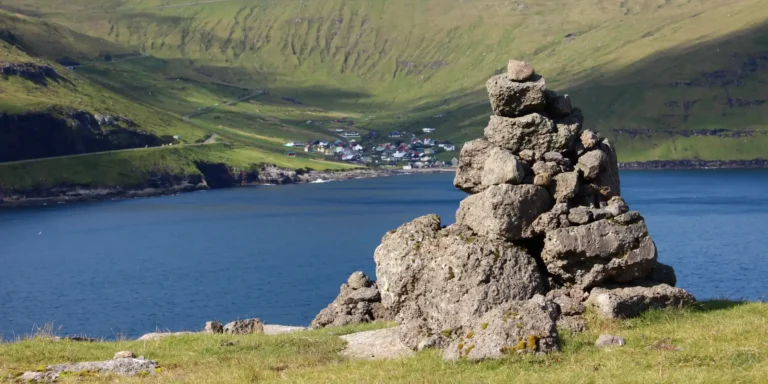
Hiking in the Faroe Islands Without Paying Fees
While some popular trails in the Faroe Islands require guided tours or charge fees, others remain free and easily accessible to explore on your own.
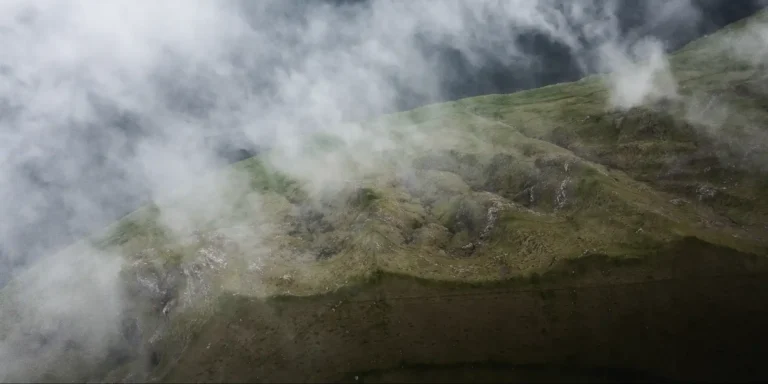
Staying Connected in the Faroe Islands: Wi-Fi and 4G Data Guide
Read our Wi-Fi and 4G data connectivity guide on everything from local SIMs to public Wi-Fi hotspots and portable 4G connection devices.
